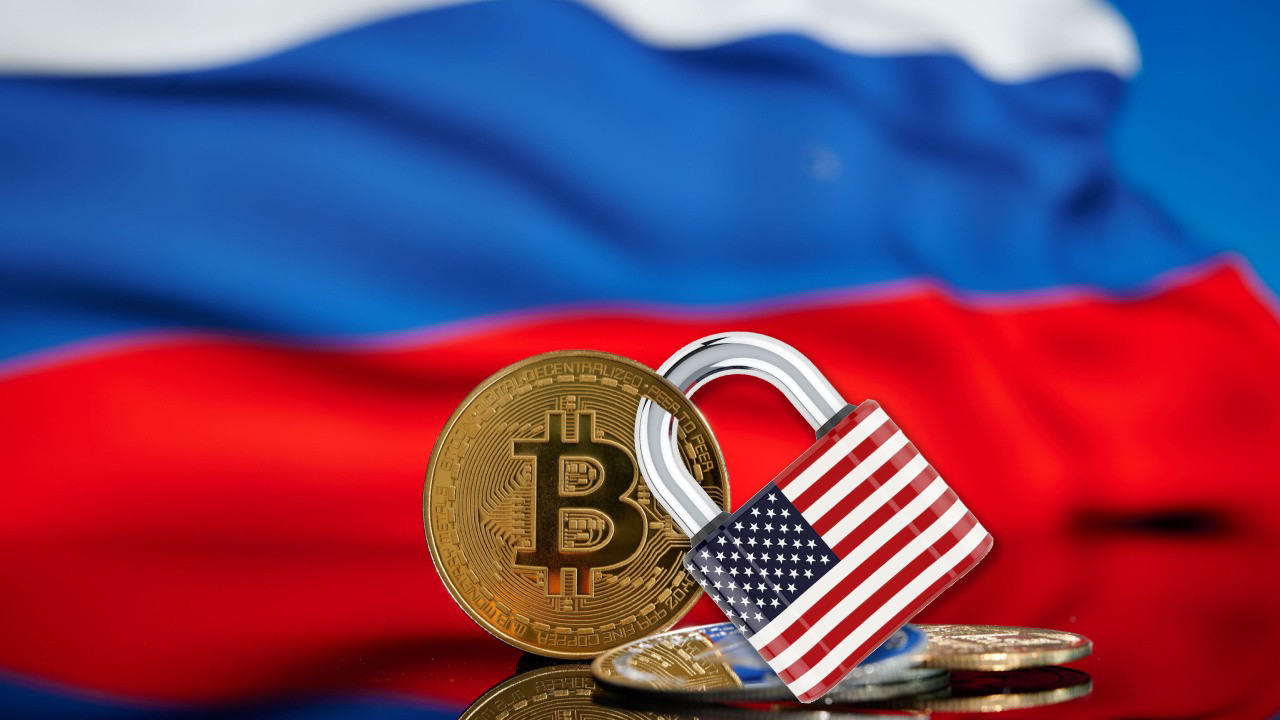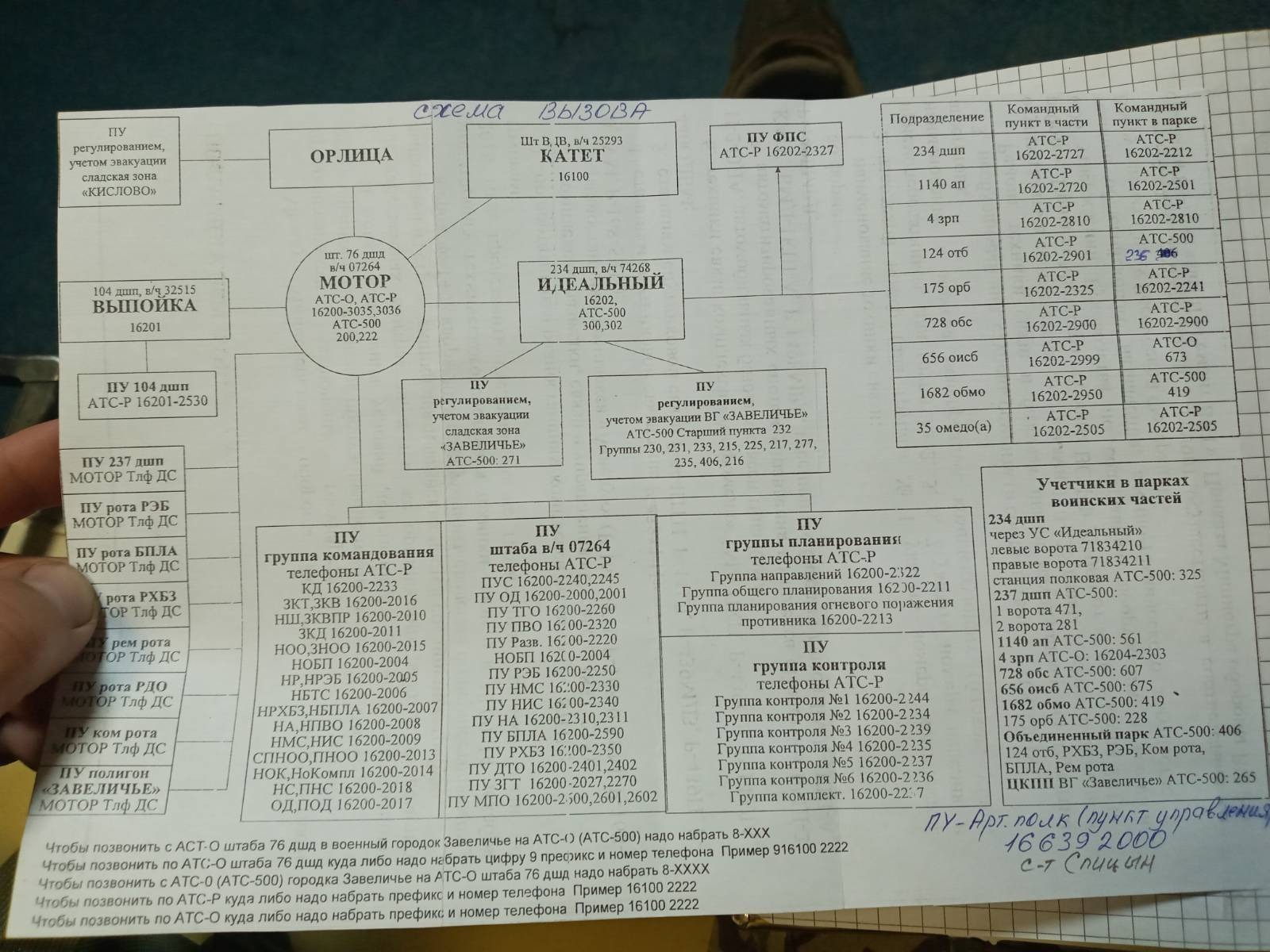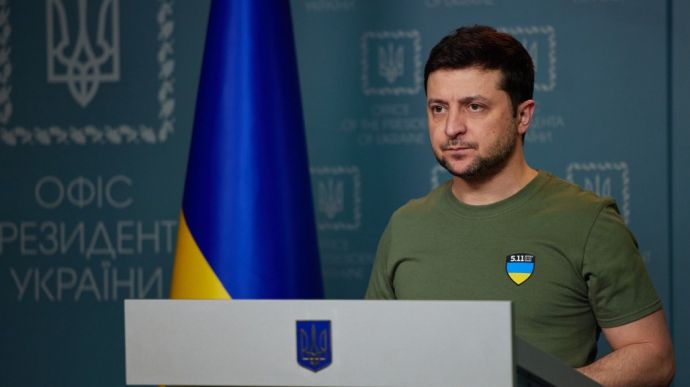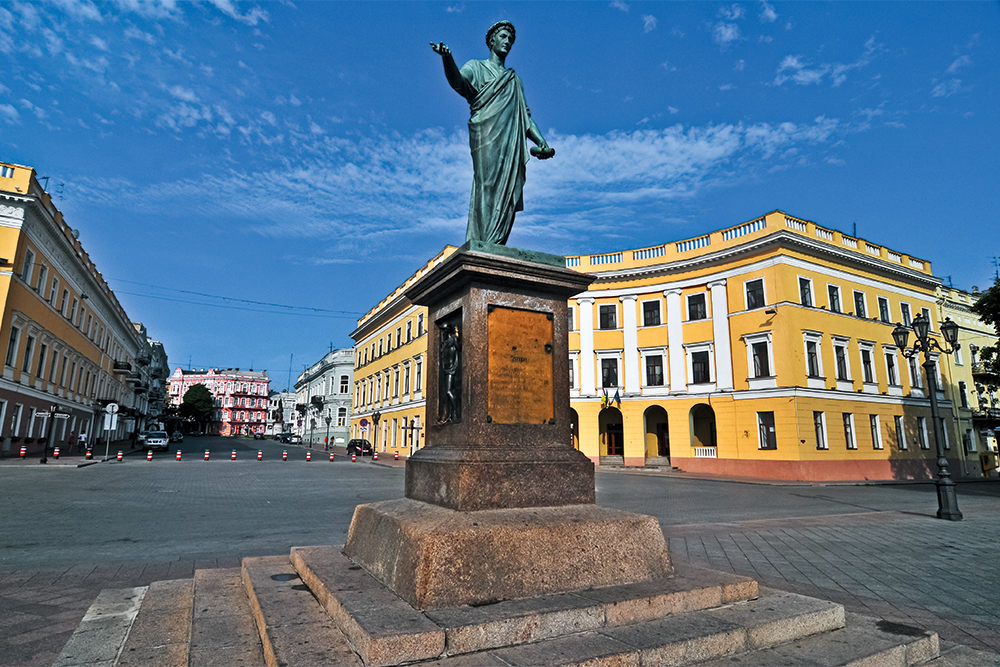The US Office of Foreign Assets Control (OFAC) has sanctioned a number of Russian organizations and persons for their involvement in sanctions evasion. In its most recent Specially Designed National list update, the agency includes several businesses linked to ruble-pegged stablecoins.
A7 LLC and its subsidiaries top the list, indicating that the United States has finally taken notice of the corporation behind the famous ruble stablecoin, A7A5. According to the notice, the corporation and its subsidiaries, including A7 Agent and A71, may face secondary sanctions under the Ukraine/Russia Sanctions Regulation.
The A7A5 was created by A7 LLC, which has been in business since 2024. The corporation, created in 2024, is co-owned by Moldovan billionaire Ilan Shor and Russia’s state-owned defense sector bank, Promsvyazbank (PSB). Interestingly, PSB is already on the OFAC’s list.
Since Since its introduction in Kyrgyzstan in 2025, the stablecoin has become the most popular ruble-backed token. According to research conducted by on-chain analytics firm Elliptic on A7A5, the token has seen a transfer volumee of up to $41.2 billion since its launch, and its market capitalization has increased to $521 million.
According to the corporation, more than $1 billion is transferred daily using the stablecoin, which has an exchange volume of more than $8.5 billion. Interestingly, on-chain experts have determined that the majority of its liquidity is concentrated on two exchanges, Meer and Grinex, while it is also available on decentralized exchanges based on the TRON and Ethereum blockchains.
The United States has sanctioned A7, joining other Other countries that have sanctioned A7 include the United Kingdom and the European Union, which did so in May and July, respectively.ely. Interestingly, OFAC sanctioned Old Vector LLC, the Kyrgyzstan-based issuer of the A7A5 stablecoin, media reported.
Meanwhile, the US OFAC has added Sergey Mendelev to its sanctions list. Mendelev is a co-fSergey Mendelev, a co-founder of Garantex, is associated with a cryptocurrency exchange that is already on the OFAC’s list for sanction evasion, and Garantex primarily used Tether USDT.ge website in March 2025, freezing $26 million in USDT and charging the managers with money laundering.
Interestingly, the Garantex incident and the freezing of USDT were important factors in the expansion of A7A5, with Russian businesses wanting to circumvent sanctions opting for a more secure choice rather than the easily frozen USDT. Medelev is also the founder of RUBT, a ruble-backed stablecoin.
Entities connected to Medelev were also sanctioned. These include Exved, a cross-border payment platform for Russian exporters and importers. The company, which claims to execute tens of billions of rubles in transactions per month, leverages USDT and covers its link to Russian users.
Others on the OFAC list include Indefi Smartbank, a cryptocurrency business that provides technical services to Exved, and Grinex, which crypto exchange analysts believe has replaced Garantex. Grinex was also a top exchange for A7A5 stablecoin volume.
Meanwhile, recent restrictions on organizations and individuals utilizing stablecoins to help Russia avoid sanctions have had little impact on the stablecoin sector. Although researchers have identified USDT as being used in many such transactions, no allegations of wrongdoing have been made against Tether.
If anything, the stablecoin industry has thrived, with the market capitalization rising by $2.882 billion in the last seven days alone. The circulating supply of stablecoins has now surpassed $271.62 billion, with USDT alone accounting for $164.86 billion.
Circle USDC has a market capitalization of only $65.22 billion, yet the stablecoin issuer has announced plans to establish its own Layer-1 blockchain network, just like finance behemoth Stripe did.
Other stablecoins, like Ethena USDe, PayPal PYUSD, Ripple RLUSD, and Skydollar USDS, have had significant gains ranging from 105% to 16.23% in the last 30 days, according to Defillama data. Interestingly, the A7A5 supply has expanded by 100% throughout that time span, despite the fact that it is now less than $500 million.








